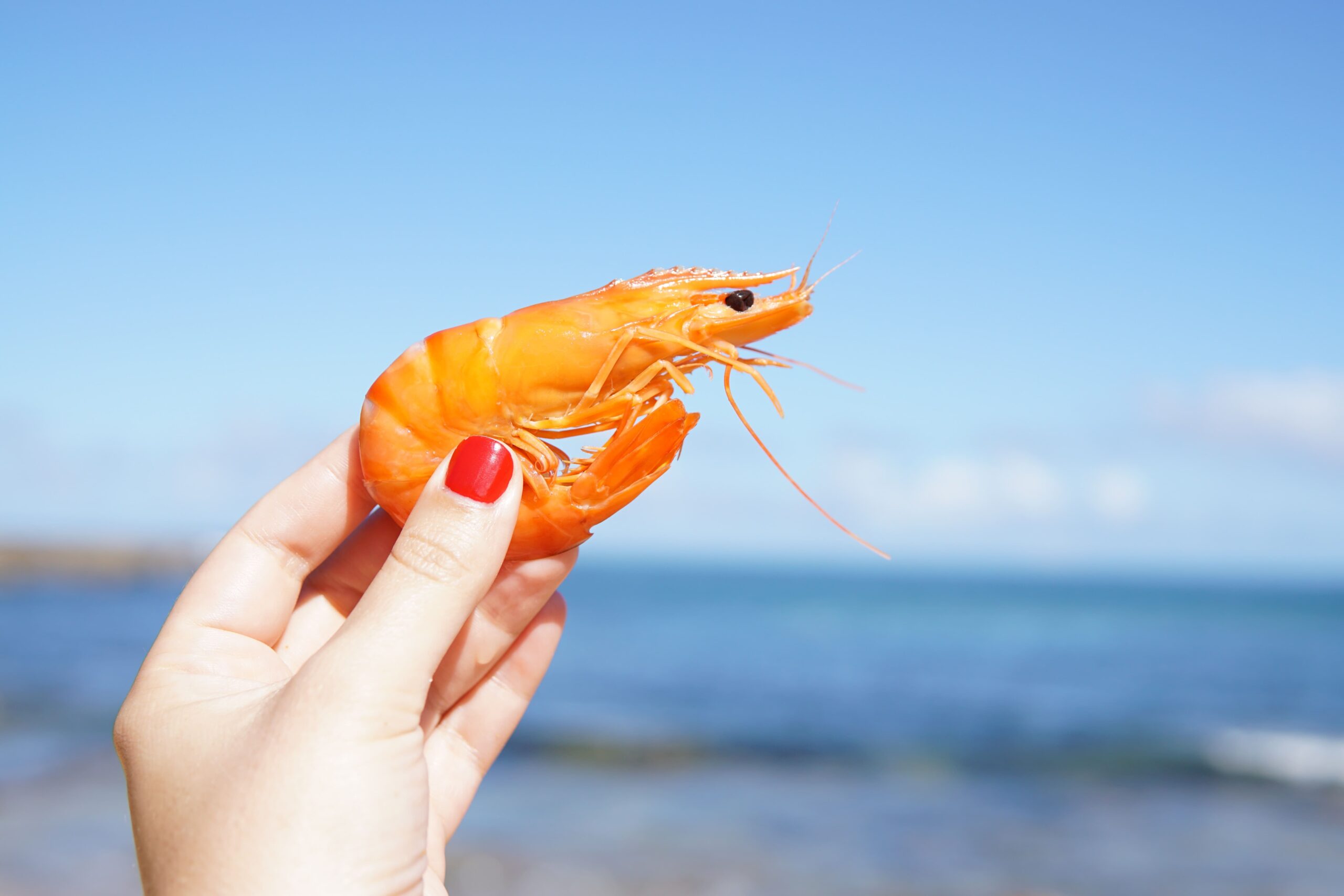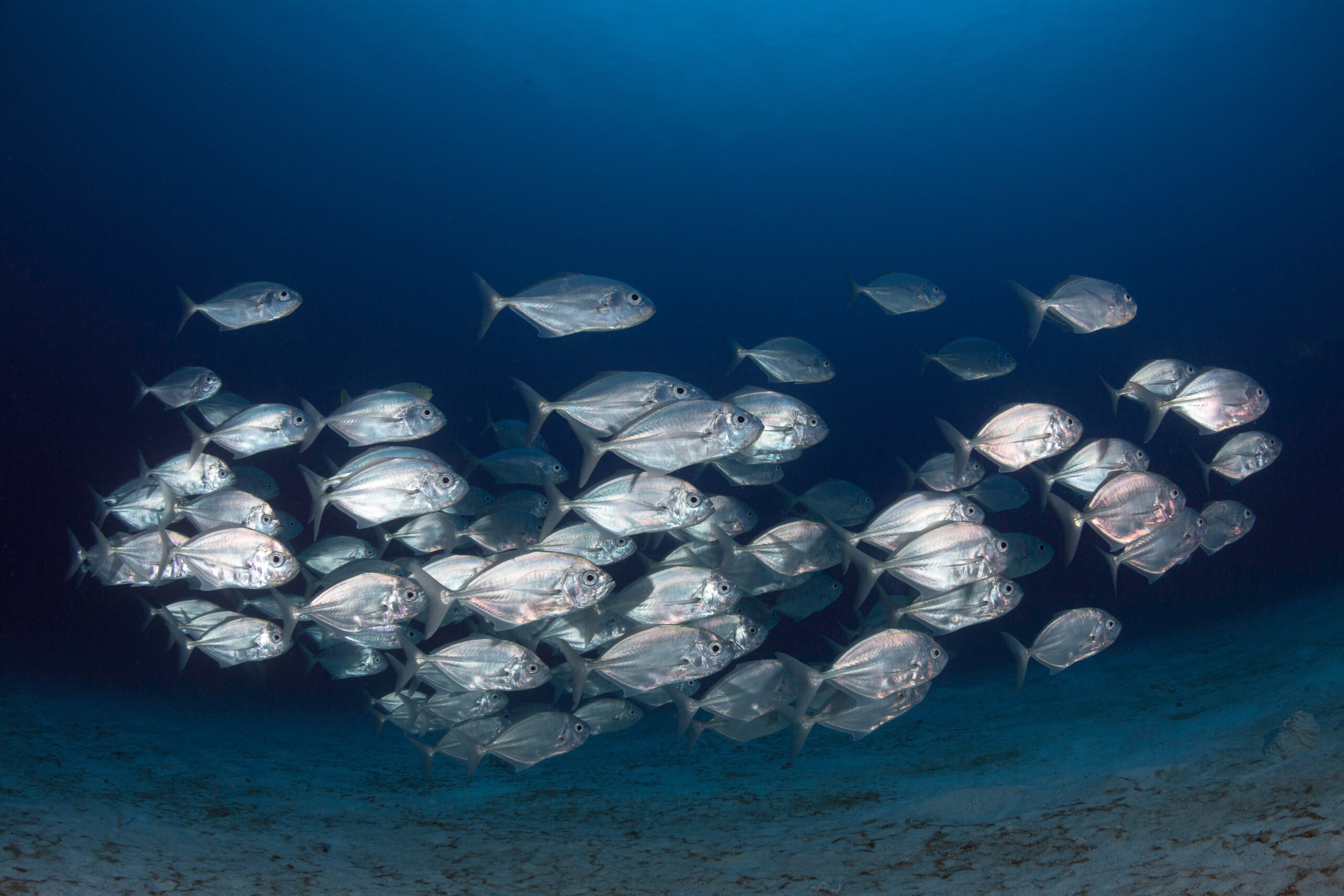
White Spot Syndrome: Cause and Prevention
A brief about White Spot Syndrome (WSS)
White spot syndrome (WSS) is a rod-shaped, double-stranded, Whispovirus (white spot) genus virus from Nimaviridae family. It is a deadly and highly contagious disease affecting the penaeid family of shrimps across all live stages.
However, it is also seen in other animals belonging to crustaceans group which can result in complete destruction of culture farms or more than 80% mortality rate within three days of infection.
Species affected: Penaeid || Occurrence: In fresh and marine waters
Photo by Elle Hughes on Unsplash
White spot syndrome virus can survive and effect culture in ponds for four days while it can survive for a whole month in seawater. This results in transmission of disease across different ponds when birds carry and drop effected shrimps. Routes of transmission in shrimps is through horizontal and vertical transmission. For horizontal transmission: Asymptomatic shrimp, pool water, carrier, infected shrimp are the causes and for vertical transmission: If the virus is attached to the egg of offspring.
Symptoms
White Spots
Lethargy
No Feeding
Color Difference
White Midgut Line
Loose Carapace
It is usually observed that stressors such as environment of the pond, stress conditions, eye-stalk ablation, changes in water conditions (Temperature, pH, salinity) cause such viruses to multiply across the pond. Shrimps that are affected at early stage, may or may not show the signs of white spot syndrome however, as the virus progresses, they exhibit more prominent signs such as reduced appetite, white spots, flesh detachment and lethargic movement.
Prevention
As research has shown, there is no specific treatment for the white spot syndrome on shrimps however, it has been widely accepted that maintaining pond conditions extremely well, keeping water at regular salinity, choosing proper culture locations is extremely important for the prevention of such disease. Using NB Spotsol which contains natural and effective antimicrobial compounds can be proven to be highly effective as preventive mechanism.
NB Spotsol
Natural feed supplement highly effective against white spot syndrome
Antimicrobial compounds separated from certain herbs along with herbal immune booster, aromatic organic compounds and acid.
- Improves physical appearances and avoids a discoloration of shrimp.
- Broad-spectrum virucides, bactericides, fungicides, and effects against certain pathogenic protozoan in the gut of shrimps.
- It has a significant increase in survival rate, specific growth rate, FCR, and final weight of the shrimp and acts as a gut flora stabilizer.

